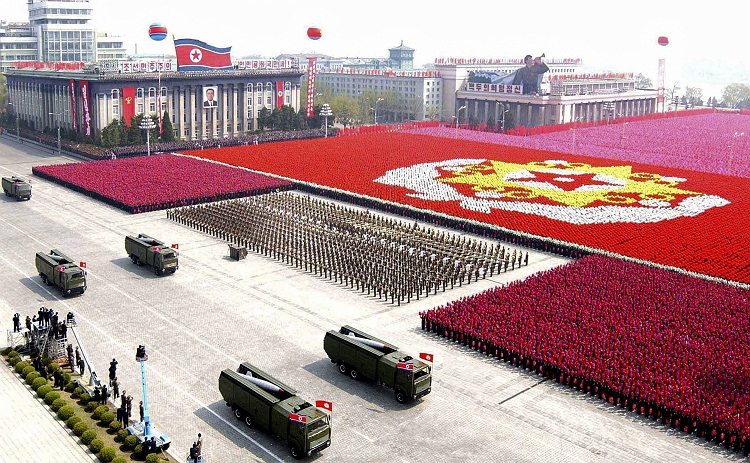North Korea staged an apparent nuclear test Tuesday in a striking act of defiance that, now confirmed, is sure to trigger global condemnation from enemies and allies alike.
Regional seismic monitoring agencies detected a seismic event, of a magnitude between 4.9 and 5.1, at 11:57 am (0257 GMT) with the epicentre in the same location as the North’s Punggye-ri nuclear test site.
China’s Earthquake Administration said it was a “suspected explosion,” while South Korean and Japanese agencies concluded that the tremor was the result of a possible nuclear test.
“At this point, the seismic activity… appears to indicate a nuclear test by North Korea,” the South’s Yonhap news agency cited an unidentified foreign ministry official as saying.
The US Geological Survey noted the tremor had a very shallow depth of just one kilometre (0.6 miles).
The South Korean defence ministry and the presidential Blue House both said they were trying to verify whether a nuclear detonation had taken place.
Pyongyang has been threatening a “higher-level” nuclear test for weeks despite warnings of severe repercussions from the UN Security Council.
If confirmed, it would mark the third time the North has detonated a nuclear device, following previous tests in 2006 and 2009.
It would throw down a stark security and diplomatic challenge to US President Barack Obama at the start of his second term, and to regional neighbours China, Japan and South Korea, all of which have new or incoming leaders.
The first priority for the international community will be determining the precise nature and yield of any test and what it reveals about the technical level of the North’s nuclear weapons programme.
Pyongyang’s promise of a “higher-level” test had fuelled speculation it would be of a uranium device, compared to the plutonium ones detonated in 2006 and 2009.
A uranium test would confirm suspicions that the North has been secretly enriching weapons-grade uranium for years and would open a path for Pyongyang to significantly expand its small nuclear arsenal.
Some experts had suggested a simultaneous test of both a plutonium and a uranium device.
Even with sophisticated seismic monitoring and “sniffer” planes capable of detecting radioactive fallout, external analysis will provide only limited information on the test, especially if it was well-contained.
There will be particular concern at any sign that the North has made progress in the technically complex process of “miniaturising” a bomb to fit on the head of a long-range missile.
Proven miniaturisation ability would take on added significance in the wake of December’s rocket launch which marked a major step forward in ballistic prowess.
Pyongyang had announced its nuclear test plan as a defiant response to a UN Security Council resolution that condemned the launch as a disguised ballistic missile experiment and tightened sanctions.
Most experts believe the North has some way to go to shrink a warhead to the required size and to develop a genuine intercontinental ballistic missile that could threaten the US mainland.
Once any test has been properly analysed, the even more problematic question arises of how the international community should respond to a country that appears immune to coercion.
The US and its allies will push hard for the “significant action” the UN resolution promised in the event of a test. But most eyes will be on China and president-in-waiting Xi Jinping, who will have to deal with North Korea for the next 10 years.
As the North’s only major ally and economic lifeline, China has long shielded Pyongyang from harsh global sanctions and only voted for the UN resolution after more punitive measures were discarded.
But there have been signs that Beijing’s patience is wearing thin, with editorials in state-run newspapers warning of the “heavy price” Pyongyang would pay for a test and threatening a reduction in Chinese aid.
China’s leverage is limited, analysts say, by its fear of a North Korean collapse and the prospect of a reunified, US-allied Korea on its border.










